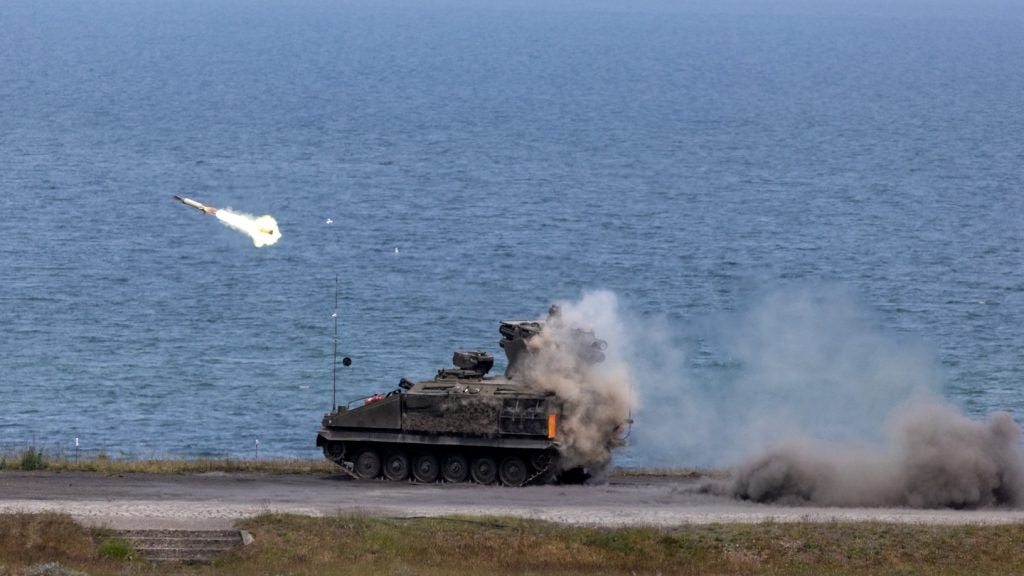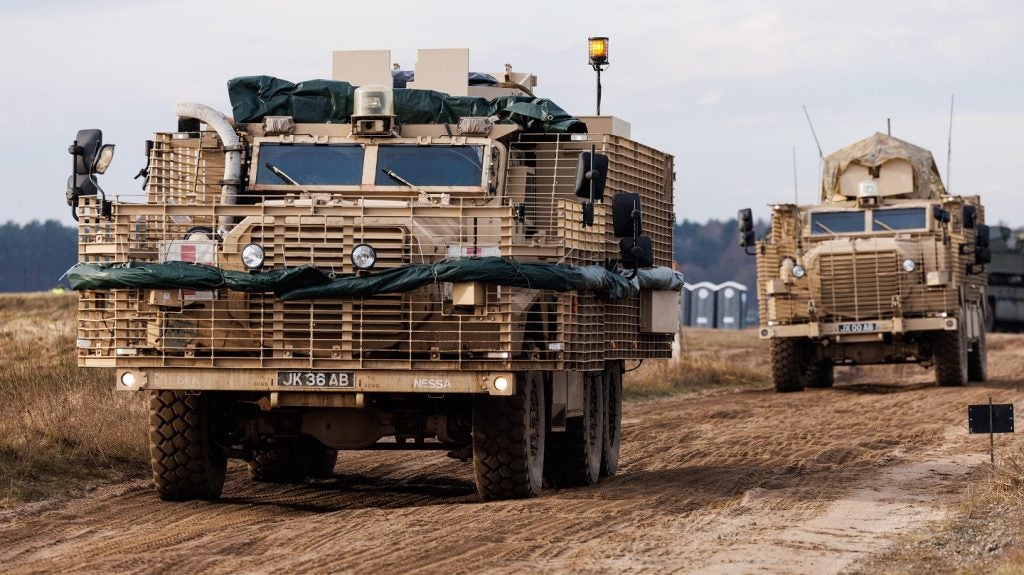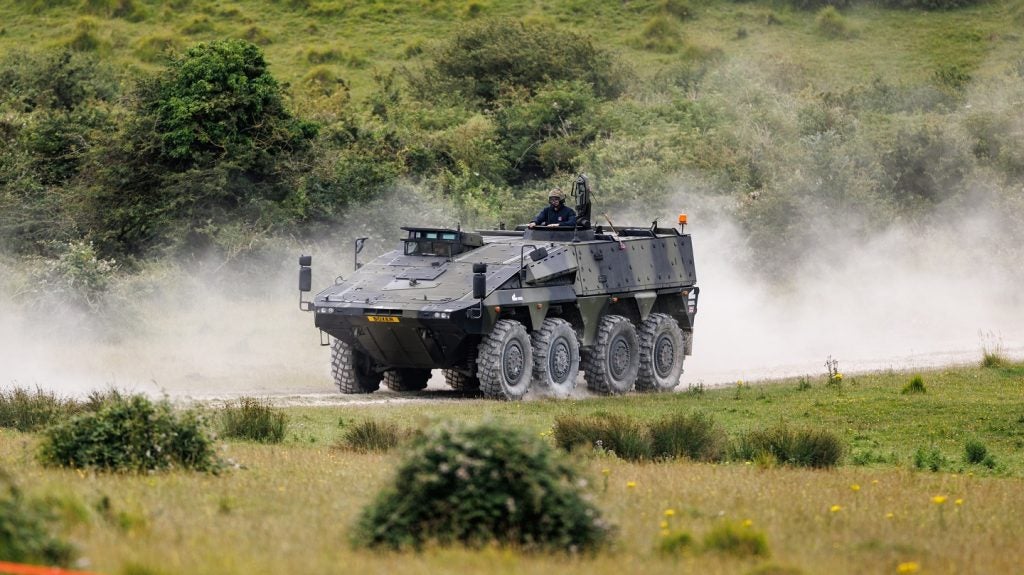
A series of platform departures will see the British Army shed more than 1,500 armoured and protected vehicles through to 2030, with the out of service dates (OSD) of the Stormer, Cougar-series, Foxhound, and Bulldog all on the horizon in a once-in-a-generation reordering of its force structure.
In addition, the British Army’s Pinzgauer utility vehicle fleet, thought to number several hundred, will depart service from 2030, while the Panther LMV, of which 401 were recorded in service according to GlobalData in 2023, as an OSD of 2037.
Determining the exact number of numerically proliferate platforms can be difficult to determine, with fleet attrition caused by accidents, cannibalisation, financial concerns, or donation to allies (such as Ukraine) meaning that the available quantity slowly reduces each year.
Excluding the Pinzgauer and Panther platforms, the former of which will be replaced in the British Army’s Light Protected Mobility programme while the latter still has a scheduled 13 years of service, a significant quantity of vehicles are due to leave British Army service in the coming years.
First to face the axe are the approximate 180 Stormer mobile short-range air defence platforms, due to retire in 2026, with their replacement currently undecided.
In 2028 the Cougar family of mine resistant ambush protected vehicle, the so called MRAPS of the Ridgeback, Mastiff, and Wolfhound, will be retired. While some platforms have been donated to Ukraine, a sizeable portion remains in the British Army’s inventory and, theoretically, available for operations. Combined, the Cougar fleet could number up to 650 vehicles still operational.

In 2030, the largest single quantity of armoured and protected vehicles is due to leave service with the departure of the Foxhound 4×4 and the FV430/432 Bulldog armoured personnel carrier, with up to 398 and 851 platforms respectively due for retirement.
Some of the above-mentioned platforms will be replaced by the incoming Boxer Mechanised Infantry Vehicle (MIV), a platform slowly being introduced into British Army service, the first prototypes of which arrived in-country in December 2023 ahead of the commencement of trials and testing.
In November 2019 523 Boxer vehicles were ordered in four build configurations, covering eleven different roles, with a contract placed for a further 100 units in April 2022.
However, on a purely numerical basis, the currently planned 623 Boxers will not replace the in excess of 1,500 vehicles the British Army will be retiring from service by the end of the decade.
Why is the British Army getting rid of so many armoured vehicles?
There are a number of factors at play that are influencing the virtually unprecedented move to reduce the range of platforms in service, with a drive towards commonality at the core of the process.
Part of the problem at present is many of the platforms in service were acquired during the late-2000s and early-2010s when the focus for the British Army was on counter-insurgency operations in Iraq and Afghanistan, leading towards a force almost entirely focused around fighting a non-state enemy.

Fast forward a decade, and Russia’s large-scale invasion of Ukraine in 2022 has shifted perceptions towards the real threat of state-on-state conflict in Europe, bringing with it the need to once again reshape a service to align with the new battlefield reality.
Commonality is paramount, with the consolidation efforts of the British Army’s Protected Mobility Programme (PMP) seeing disparate designs being condensed into a smaller number of core platforms.
The British Army of 2030 is likely to be heavily dependent on the Boxer as a core mobility platform, with modules adding desired capability as required, be it for air defence, command and control, or long-range fire support.
In late-April 2024, the apparent cementing of Boxer at the centre of the British Army near-term force structure was given a further confirmation as the service announced that the Remote-Controlled Howitzer (RCH) 155 mobile artillery system had been selected for the British Army’s Mobile Fires Platform programme, intended to replace the existing AS90 155mm tracked artillery fleet. The new RCH 155 is due to enter service by the end of the decade.
The decision was unexpected as the platform is still developmental, rather than being ready and available for service as with the other two anticipated contenders: the Archer and the K9A2 Thunder.
“Boxer’s modularity makes it a good option to replace FV430, Stormer, and even Scimitar/Warrior to a certain extent. Boxer also being picked as the self-propelled howitzer platform shows much faith the British Army has in a single platform’s versatility,” stated Tristan Sauer, defence analyst at GlobalData, when asked by Army Technology about the British Army’s restructuring.

With the potential for Boxer to further its position as the armoured mobility platform of choice for the British Army, and an incoming decision on the PMP still to be determined, more than a dozen in-service designs could be reordered into a mere handful by the end of the decade.
Given the move towards spiral development of capabilities and a clear move away from ‘gold-plating’ platforms before they enter service, the British Army’s future acquisitions could be a good deal less diverse than has been seen over the last two decades.



